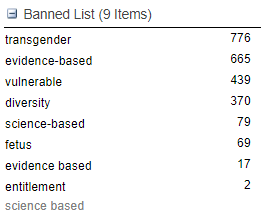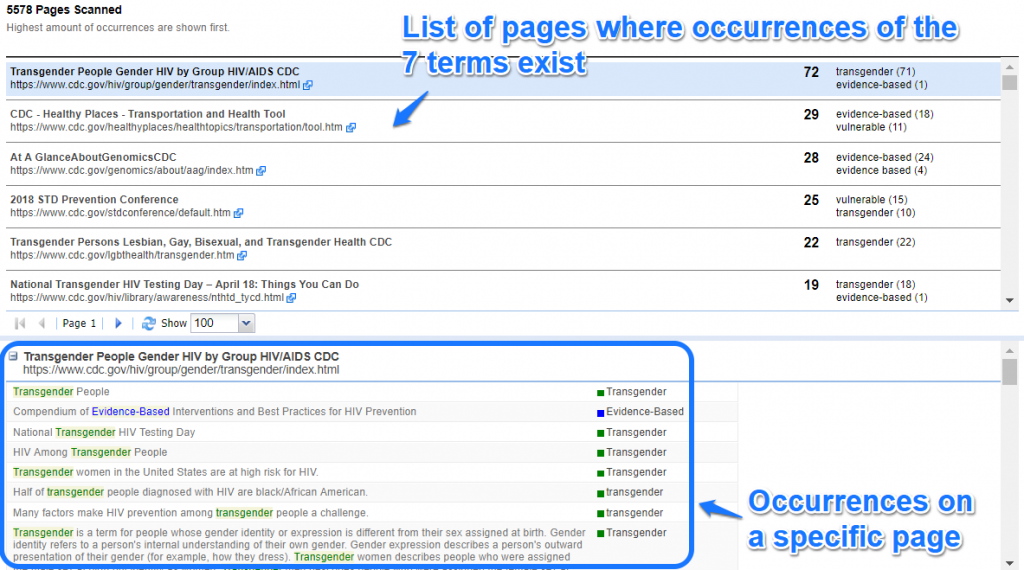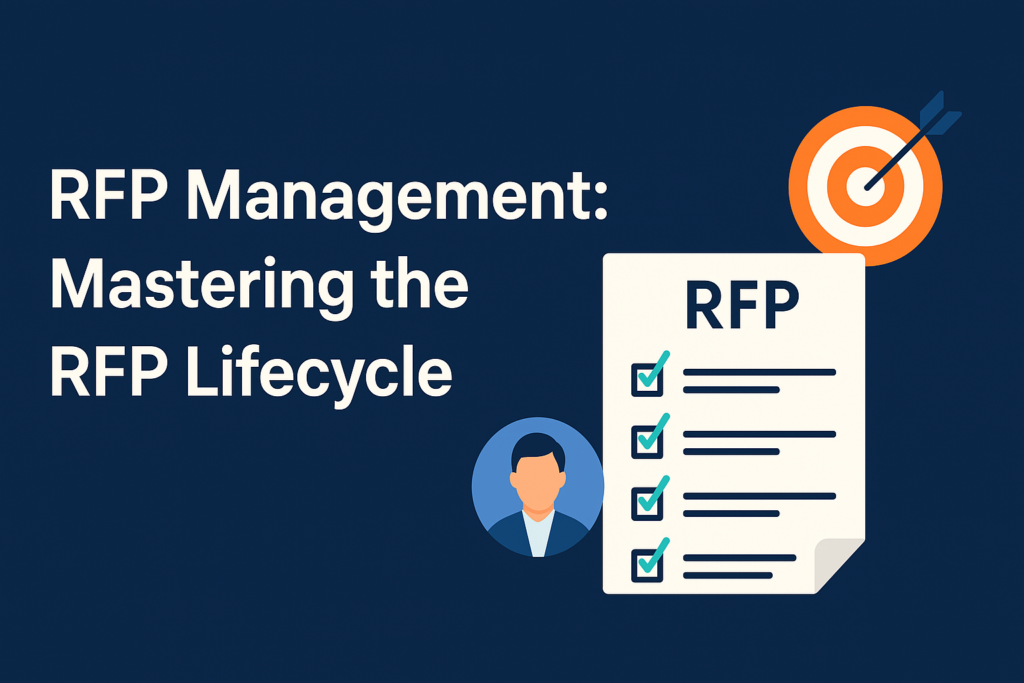The 7 banned words were: “vulnerable,” “entitlement,” “diversity,” “transgender,” “fetus,” “evidence-based” and “science-based”.
Various media outlets including the Huffington Post argued that this was an Orwellian-like attempt to muzzle communications. Meanwhile, the CDC later clarified their perspective.
Putting aside the controversial nature of this example; content marketers and communications teams regularly struggle with this type of project.
For example, when a product name change occurs, or your brand guidelines tell you to avoid certain terms. Or where you must avoid overly complex terminology that will confuse your reader.
How do you:
- Audit for this in both offline and online communications?
- Quantify the impact on existing websites or documents?
- Prevent the wrong language from seeping back into published communications?
So, while Trump’s edict is controversial and newsworthy, it uncovers a serious content strategy issue that marketers and communications teams grapple with daily.
How do you keep content clean?
When dealing with non-approved or non-compliant language, there are 3 core questions to ask:
- How many occurrences of the offending terms exist?
- How much effort will it take to fix it?
- Which content should we prioritize for fixing?
In the CDC example, this would be nigh on impossible to do by hand. However, a new breed of language analysis tools makes it much easier to audit larger sites and collections of documents.
We used VisibleThread to search for the 7 words across the entire www.cdc.gov site.
Auditing the full CDC site for Trumps 7 words
We pointed the tool at www.cdc.gov. & kicked off an analysis
We then created a “search dictionary” containing the 7 words.
The results are in: 2,417 individual references to the 7 terms!
Our analysis found the number of:
- Pages on the CDC site: 5,578
- Pages containing the banned words: 1,082
- Individual references to the banned words: 2,417
Here is the breakdown by frequency of each term.

Drilling down a level, we can see the page list. This page has 72 occurrences in total; 71 of “transgender” and 1 of “evidence-based”.

The Cost of Changing Content
Now, let’s assume the CDC needs to go ahead and remove all 7 terms from all pages. Let’s estimate the cost.
When editing/removing content, there are two types of change patterns:
- Simple copy edits: for example, use “Product Name XXX” rather than “Product Name YYY”. These involve minor copy-edits
- Structural changes: where removing references necessitates a rethink of the web structure, often the URL name and underlying page structure. The transgender example above is a structural change.
Let’s assume that:
- structural changes require 6 person-hours per change, and
- simple ‘copy edits’ require 30 minutes of effort. Essentially, the time it takes for a good copywriter to edit the sentence, and republish the page.
We’ll also assume that 1/3 of the references require a structural change. And 2/3rds require a simple copy edit.
Here’s what we get,
- Total Number of occurrences we found on the CDC site: 2,417
- The total number of structural changes (assume 1/3 of total occurrences): 798
- Total Number of simple changes (assume 2/3 of total occurrences): 1,619
- Time taken to fix each structural change: 798 x 6hrs = 4,788 hours
- Time taken to fix each simple change: 1,619 x 30 mins = 809 hours
- Total time to fix all changes = 5,597
And,
- assuming the average fully loaded cost of a comms/IT professional is: $75/hour,
- then the cost of the CDC project comes to: 5,597 x $75 = $419,775
So, were the CDC to fully follow through with this possible ban, it would cost the agency about $420k in structural and copy edits alone. This excludes any project management and design costs.
Takeaways
- We’d recommend the White House reconsiders banning the 7 words purely from a cost-benefit standpoint. Or at the very least, prioritize the most important pages.
- For more typical projects of this nature, use automation to size the issue.
- Audit your content using a solution like VT Writer, then prioritize which pages need the most urgent fixes.





